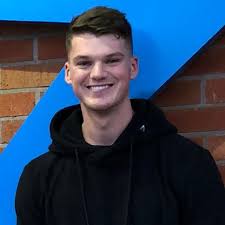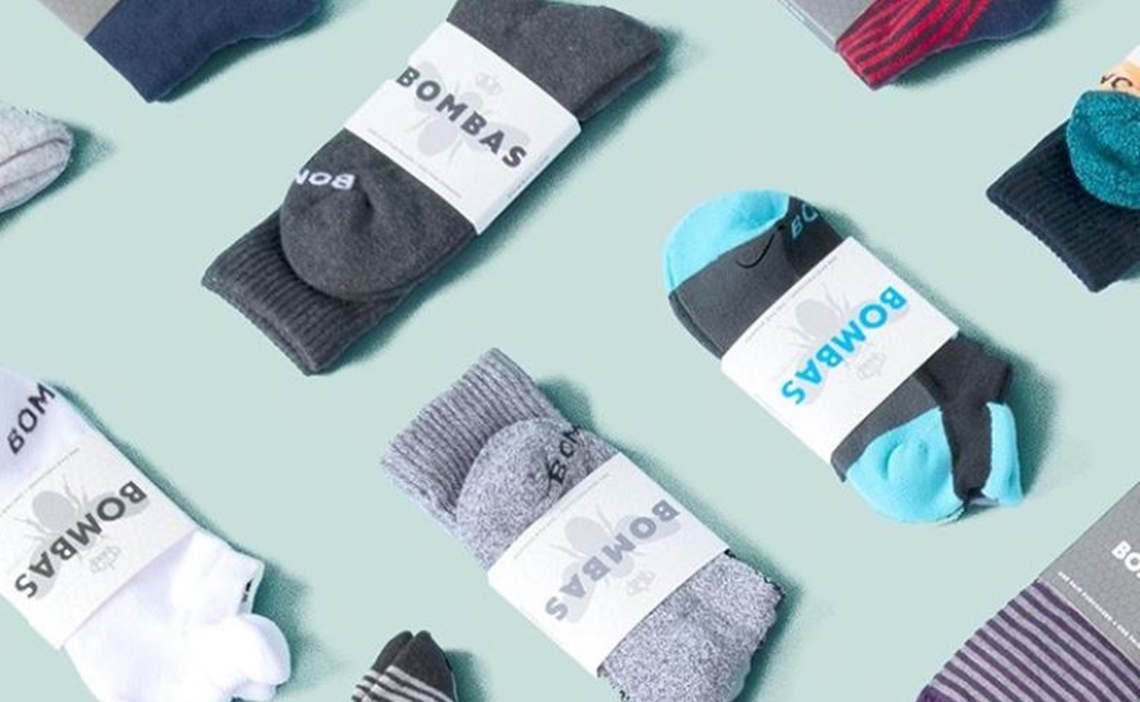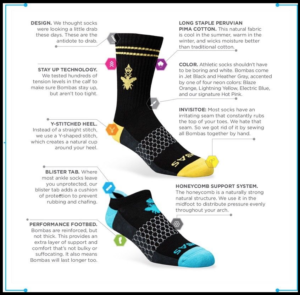Most high-school seniors tend to worry more about their college decision and finishing out their high school career strong. However, if your name is Eli Zied you are more worried about managing life as a high schooler on top of running your constantly growing apparel business. At the age of 17 Eli started Habits365 which is a lifestyle apparel company built on the principle of encouraging good habits. His entrepreneurial and business genes stretch much further back. At the age of 12 he started reselling expensive sneakers to make some extra money and he quickly fell in love with fashion and apparel. As he fell in love with shoes he got into fashion and began to closely follow all the biggest fashion brands. Following these brands closely gave him an eye for style and what people were looking for. Eli surrounded himself with entrepreneurial minds and learned the ins and outs of the industry. Five years later he started his own brand and was able to apply all the knowledge he gained selling shoes to Habits365.
While reading about Eli I noticed a few traits that are common among entrepreneurs and some that were unique to him as an individual. The common traits he possesses are innovation, desire, ability to identify problems, and willingness to take risks. Starting an apparel brand in a saturated apparel market is extremely difficult but Eli possessed the necessary traits to not accept failure. Eli also has a few traits that make him unique. He possesses a deep desire to help other people and promote living a positive lifestyle. He did not start Habits365 because he wanted to make money and be rich. He started it to provide cool apparel that promotes people being the best version of themselves. He wants to help other people succeed by making clothing that gives them confidence. Eli started a commercial enterprise with clear social value.



 large and so quickly because of a few strategies. First, Gymshark does not over saturate with their clothes. They have limited releases with their clothing and most of their releases sell out very quickly. Besides their core clothing with just simple branding (which is always stocked), Gymshark creates cool designs and graphics for their clothes. Once these items sell out, they do not come back. This exclusivity creates high demand for consumers. Next, Gymshark only sells on their website and not through an intermediary which helps to keep costs down. This direct relationship with the customers makes the buying experience more personal as well. Finally, Francis was able to grow Gymshark because of their massive social media following. Their Instagram account boasts 4.7 million followers currently and showcases their sponsored athletes, customers, and general lifting how to’s. Because of all of this, Gymshark shows no sign of slowing down and growing even larger. All of this due to a college student who started a company at the age of 19 in his dorm room.
large and so quickly because of a few strategies. First, Gymshark does not over saturate with their clothes. They have limited releases with their clothing and most of their releases sell out very quickly. Besides their core clothing with just simple branding (which is always stocked), Gymshark creates cool designs and graphics for their clothes. Once these items sell out, they do not come back. This exclusivity creates high demand for consumers. Next, Gymshark only sells on their website and not through an intermediary which helps to keep costs down. This direct relationship with the customers makes the buying experience more personal as well. Finally, Francis was able to grow Gymshark because of their massive social media following. Their Instagram account boasts 4.7 million followers currently and showcases their sponsored athletes, customers, and general lifting how to’s. Because of all of this, Gymshark shows no sign of slowing down and growing even larger. All of this due to a college student who started a company at the age of 19 in his dorm room.

